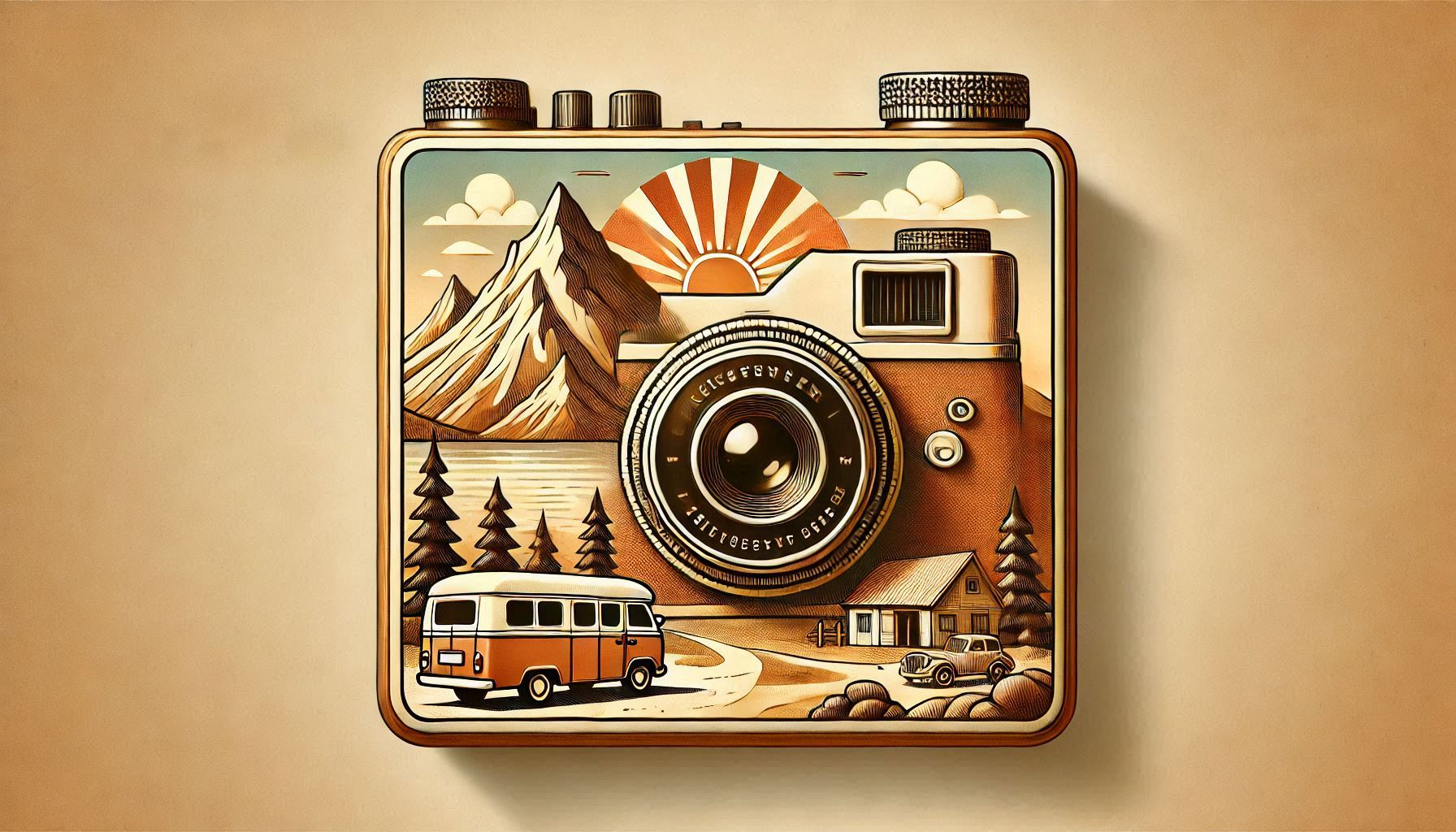Travel photography is more than just taking snapshots; it’s about capturing the essence of a place, preserving memories, and sharing your unique perspective with the world. Whether you’re using a professional camera or your smartphone, this guide will provide tips and techniques to help you take stunning travel photos.
1. Gear and Equipment:
- Camera: While a professional DSLR or mirrorless camera offers more control and image quality, a smartphone can also take excellent travel photos. Choose the camera that best suits your needs and budget.
- Lenses (if using a dedicated camera): A versatile zoom lens (e.g., 24-70mm or 18-135mm) is a good starting point for travel photography. Consider adding a wide-angle lens for landscapes and a telephoto lens for wildlife or distant subjects.
- Tripod: A tripod is essential for low-light photography, long exposures, and time-lapses. A lightweight travel tripod is a good option.
- Extra Batteries and Memory Cards: Always carry extra batteries and memory cards to avoid running out of power or storage space.
- Camera Bag: A comfortable and secure camera bag is essential for protecting your equipment.
2. Composition and Framing:
- Rule of Thirds: Imagine dividing your frame into nine equal parts with two horizontal and two vertical lines. Placing key elements along these lines or at their intersections creates a more balanced and visually appealing composition.
- Leading Lines: Use lines in the scene (roads, fences, rivers) to lead the viewer’s eye towards the main subject.
- Framing: Use elements in the foreground (arches, trees, doorways) to frame the main subject and create depth.
- Perspective: Experiment with different perspectives, such as shooting from a low angle or a high angle, to create more interesting compositions.
- Fill the Frame: Get close to your subject to fill the frame and eliminate distractions.
3. Light and Exposure:
- Golden Hour: The golden hour (the hour after sunrise and the hour before sunset) provides warm, soft light that is ideal for photography.
- Blue Hour: The blue hour (the period of twilight just before sunrise and just after sunset) provides soft, cool light that is great for cityscapes and landscapes.
- Avoid Harsh Midday Light: Harsh midday light can create strong shadows and overexposed highlights. If you must shoot during midday, try to find shade or use a diffuser.
- Exposure Triangle (Aperture, Shutter Speed, ISO): Understand the relationship between aperture, shutter speed, and ISO to control the exposure of your photos.
- Use a Polarizing Filter: A polarizing filter can reduce glare and reflections, especially in landscapes with water or sky.
4. Capturing Different Subjects:
- Landscapes: Use a wide-angle lens and a small aperture (high f-number) to capture a wide field of view and maximize depth of field.
- Portraits: Use a medium telephoto lens and a wide aperture (low f-number) to create a blurred background and isolate the subject.
- Street Photography: Be respectful of people and their culture. Capture candid moments and interesting details of everyday life.
- Architecture: Use leading lines and symmetry to capture the grandeur of buildings and monuments.
- Food Photography: Use natural light and interesting angles to make food look appetizing.
5. Post-Processing:
- Basic Adjustments: Use photo editing software (Lightroom, Snapseed, VSCO) to make basic adjustments such as brightness, contrast, saturation, and sharpness.
- Cropping and Straightening: Crop your photos to improve composition and straighten any tilted horizons.
- Selective Adjustments: Use selective adjustments to enhance specific parts of your photos.
6. Smartphone Photography Tips:
- Clean Your Lens: Make sure your phone’s lens is clean before taking photos.
- Use Grid Lines: Use the grid lines on your phone’s camera app to help with composition.
- Tap to Focus: Tap on the screen to focus on your subject and adjust the exposure.
- Use HDR Mode: Use HDR mode to capture a wider range of tones in high-contrast scenes.
- Explore Different Camera Modes: Explore different camera modes such as panorama, portrait, and time-lapse.
7. Ethical Considerations:
- Respect Local Cultures and Customs: Be mindful of local customs and traditions when taking photos. Ask for permission before photographing people, especially in sensitive areas.
- Avoid Disturbing Wildlife: Do not disturb wildlife for the sake of a photo.
- Be Mindful of Private Property: Do not trespass on private property to take photos.
By following these tips, you can capture stunning travel photos that will preserve your memories and inspire others to explore the world. Remember that the most important thing is to have fun and be creative.
